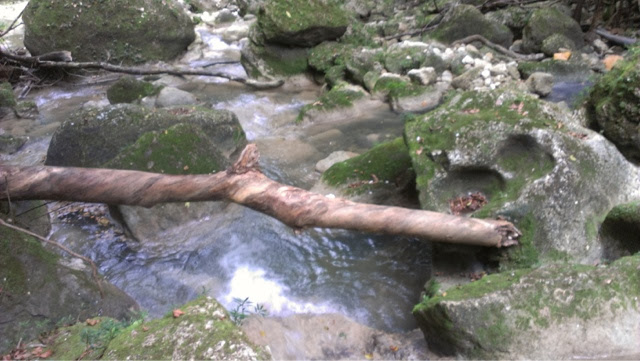As part of the English course, Journey in Literature, I had the opportunity
to create this blog. The name of my blog
is “Travel a World of Words”, which consist mostly in topics as traveling,
tourism, identity, education, etc. The
posts are related to the discussions during class. The blog represents the
external journey which consists on the more physical level. As my first experience as a blogger I have
to say that this is not my thing, for now.
It’s quite interesting the fact at the beginning of the semester I was
hesitant to make this blog, to make public reflections and post about my
personal opinions. But through this
external journey I realize that is important to state and publish an opinion
and discuss upon it. Thus we students
have a responsibility to publish the correct information so that it can be interpreted
just the way that we intended. The blog help me to gain experience in my writing
skills and knowledge for example: at first I did not know the difference between
a tourist and a traveler. After studying
“A Small Place” by Jamaica Kincaid, “Identity” by Peter Roberts, I can say that
I understand the difference between them.
Definitely I want to be more like a traveler than a tourist in my next
trip. Now I have notion of what other
persons can perceived about my presence and that makes me reflect about how I
act and mostly how I want to be perceived by others. This does not mean that I’m not going to act
like myself, but it means that I will be traveling with a little bit more of consciousness.
Overall the changes in the external journey reflect my journey in one
semester. I noticed when I was starting
the blog that I was writing systematically.
I was pressured to make the post look professional. But as time passed and got the hang of
blogging, I felt the urge to try to express differently my posts. As for example my post of “Let me take you on
a trip”, which narrates the day I pretended to be a tourist and my internal
struggle to achieve the tourist mode in my own island. This post is important to my external
journey, because I had the opportunity to do in practice what I was writing about. I learned that being a tourist or traveler is
a matter of time, knowledge and interest.
Also the way that wrote about my day as a tourist was as If I was having
a conversation to myself, and that’s what I wanted to bring through this experience. I wanted to be able to deliver the correct
information, but without losing myself in the process.
This project overall is a great way to interact with others and compare
and contrast different opinions and perspectives. I will not continue with this blog, maybe in
the future I will start a new blog, of other topics. The overall blog experience has enriched me
as a person, because it took me out of my comfort zone and made me think, analyze,
summarize and most importantly it made me express myself through words. So that’s my world in words and I hope you
readers continue exploring new ideas.



.JPG)





